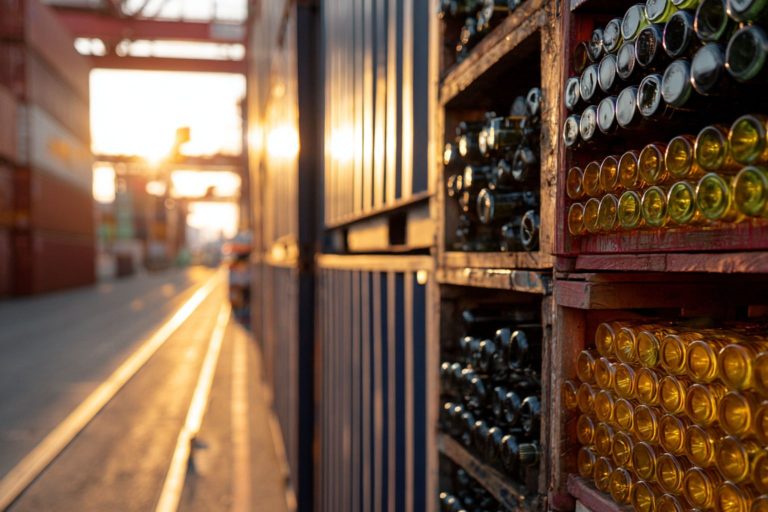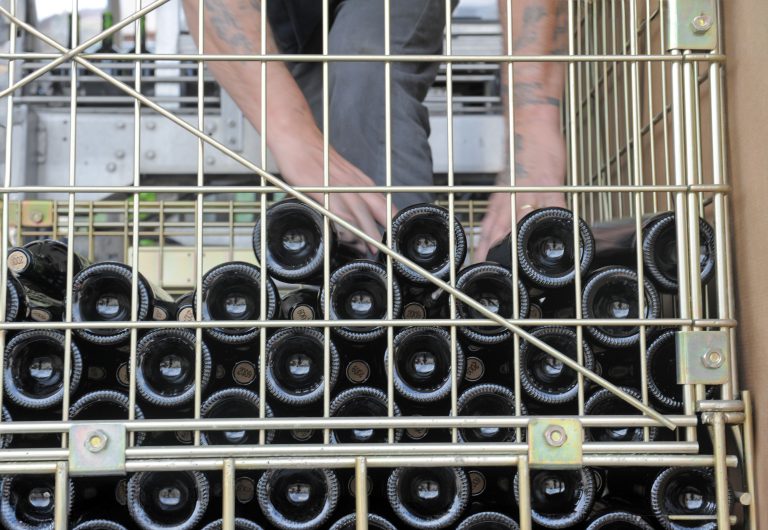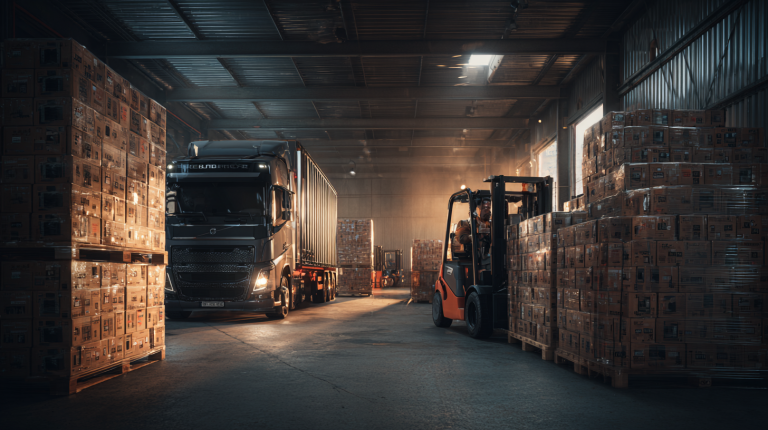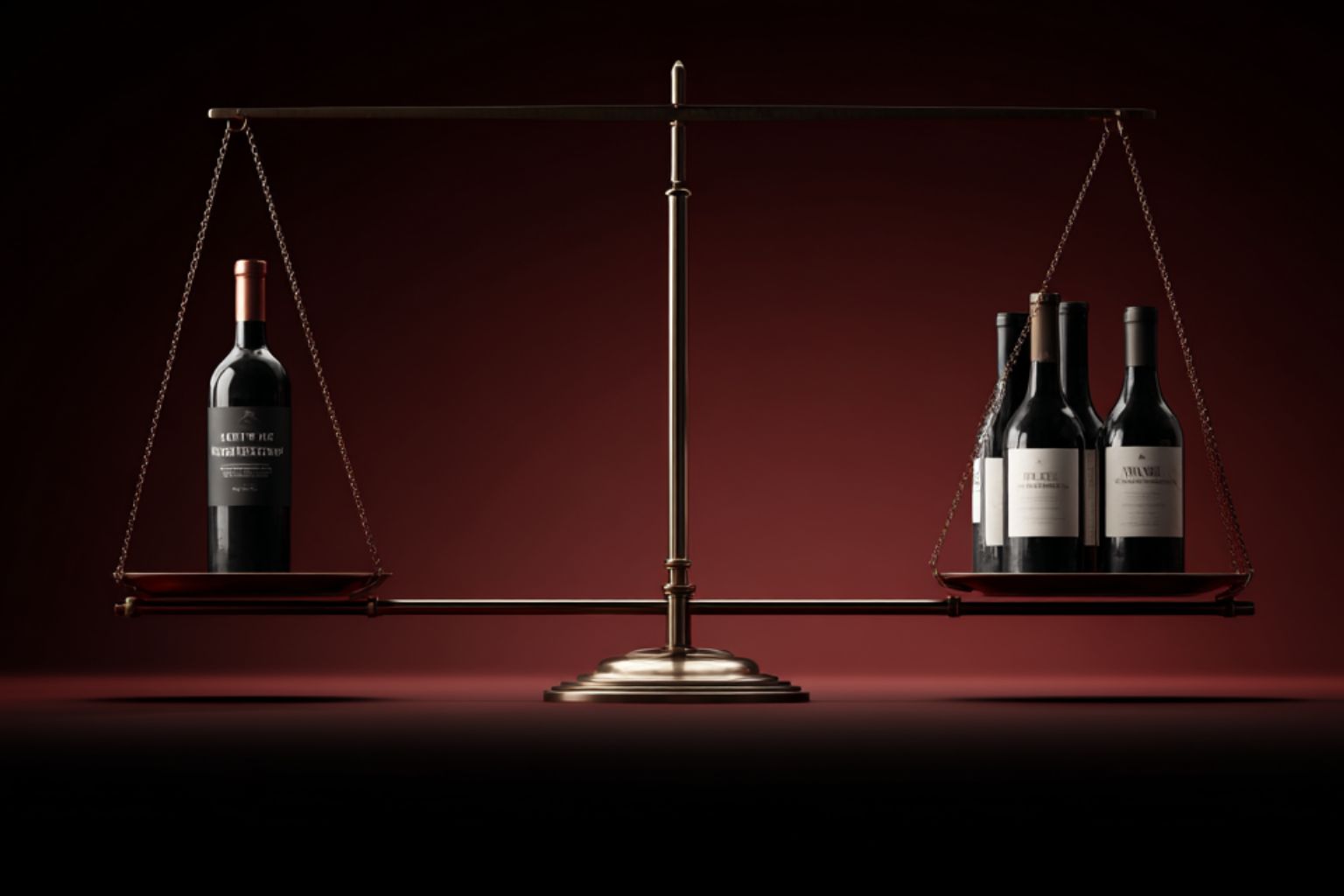Over time, the wine bottle has become more than just a container – it has turned into a symbol. Its elegant shape and imposing weight were long perceived as guarantees of quality. Many consumers were taught to believe that “a heavy bottle means a good wine.” But today, this tradition, deeply rooted in marketing and buyer psychology, has become a burden on the environment.
In reality, the wine itself weighs only 0.75 kg in a standard 750 ml bottle. The rest of the weight – anywhere from 400 to 1,150 grams or more – comes from the glass. On average, a full bottle reaches 1.2–1.5 kg. What once seemed like a mark of prestige has now become a sign of inefficiency.
The Hidden Footprint of the Wine Bottle
A study published in Cleaner and Circular Bioeconomy (2022) analyzed over 20 international reports and found that the carbon footprint of a bottle of wine ranges from 0.15 to 3.5 kg CO₂e. These wide differences stem from grape-growing practices, winemaking processes, and, most critically, from the way wine is bottled and transported.
Two stages stand out as the most “polluting”:
– Viticulture, where diesel for tractors and chemical fertilizers are responsible for significant CO₂ and N₂O emissions.
– Bottling, where producing glass bottles – especially heavy ones – can account for more than 70% of a wine bottle’s total footprint.
In other words, the packaging that was meant to simply carry the wine has become the main culprit for its ecological impact.

A Global Response: The Bottle Weight Accord
To counter this reality, the Sustainable Wine Roundtable (SWR) launched in 2023 an unprecedented initiative: the Bottle Weight Accord.
The goal is both simple and ambitious – to reduce the average weight of standard 750 ml still wine bottles to under 420 grams by the end of 2026.
Major international retailers such as Lidl, Tesco, Waitrose and Whole Foods have already joined the initiative. Participants commit to quickly phasing out the heaviest bottles, switching their private-label wines to lighter packaging by 2025, and reporting their progress regularly. SWR collects and publishes this data, maintaining transparency and creating positive pressure across the entire industry.
This is, in fact, the first coordinated global strategy to directly tackle the issue of wine bottle weight.
The Special Case of Sparkling Wines
If the solution seems relatively clear for still wines, sparkling wines pose additional technical challenges. The pressure inside a bottle of Champagne is five to six times higher than the pressure inside a car tire. This requires thicker glass walls, heavier bottles, and minimal tolerance for microcracks.
Even so, progress is evident. Champagne has already reduced the weight of standard bottles from 900 g to 835 g and is experimenting with 820 g versions. Glass manufacturers such as Verallia have introduced 800 g models after years of testing. And for Charmat-method sparkling wines, like Prosecco, there are already examples of bottles weighing only 570 g.
These figures prove that technology makes change possible, but adopting it on a large scale requires cooperation across the entire production and distribution chain.

Consumer Perception: Heavy Bottle = Luxury?
The problem is not just technical but also cultural. According to research by the Plansel International Wine School, many buyers still associate a heavy bottle with wine quality. “If it’s heavy, it must be good” turns out to be a stubborn myth.
It is true that a thicker bottle can protect the wine against sudden temperature fluctuations, but unless you plan to store that bottle for 10–20 years or more, it is wasteful – like buying a Rolls-Royce just to drive to the corner shop.
Shifting to lighter bottles cannot happen without an effective communication strategy. Producers must explain to consumers that a lighter bottle does not mean an inferior wine – on the contrary, it signals responsibility, innovation, and care for the environment. Labels and sustainability certifications can become key tools in this process.
Multiple Benefits for Producers
Reducing bottle weight is not just a symbolic gesture. It brings tangible advantages:
– Lower transport and storage costs, since every kilogram saved means less fuel consumed.
– Alignment with standards imposed by major retail chains, which are increasingly pressuring suppliers to meet sustainability criteria.
– A branding advantage, especially with younger generations of consumers, who value environmental responsibility, sustainability, and transparency.

The Road Ahead
Wine has always been about terroir, craftsmanship, and tradition. But the future of wine now depends more than ever on the vessel that carries it. If the industry manages to cut average bottle weight from 550 g (today’s norm) to 420 g, the positive impact on the environment will be enormous – significantly lowering the sector’s global carbon footprint, from glass production to transport, handling, and recycling.
In a world where climate change demands urgent action, drinking a good wine will no longer mean just savoring the aroma of the grapes – but also knowing that the bottle in your hand is a little lighter, and the planet a little less burdened.






